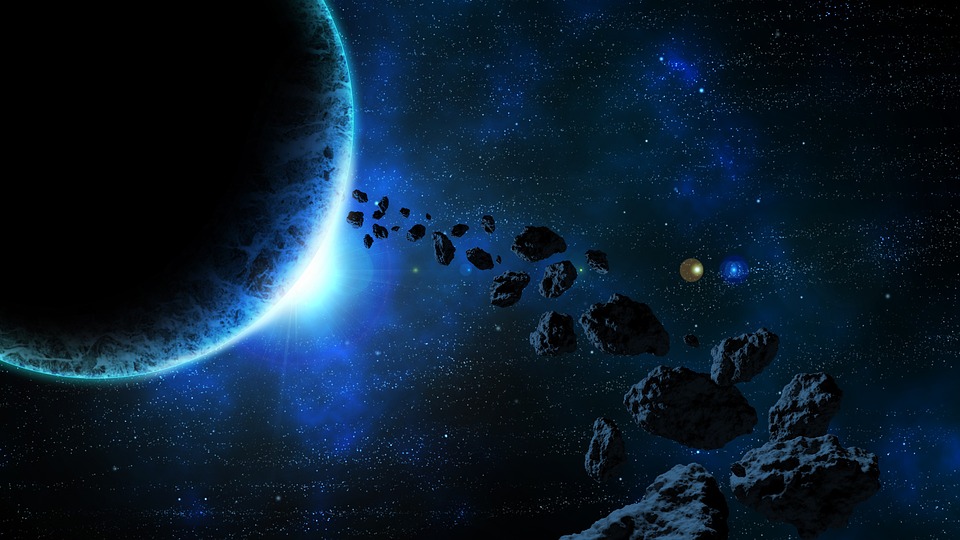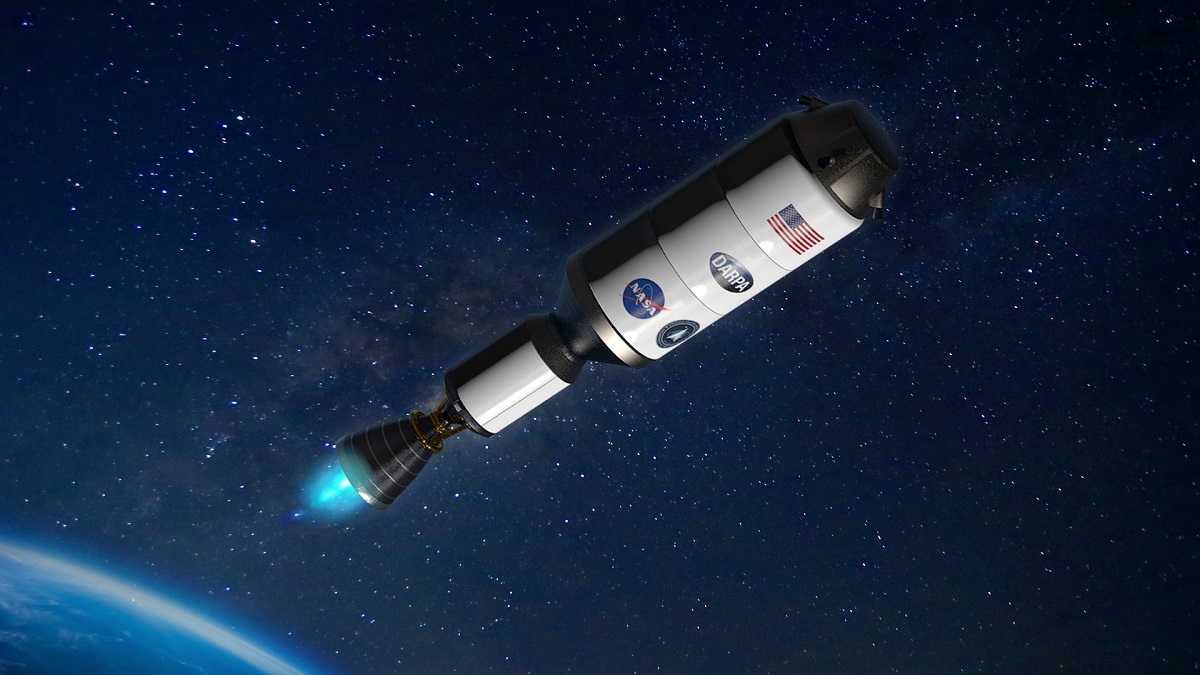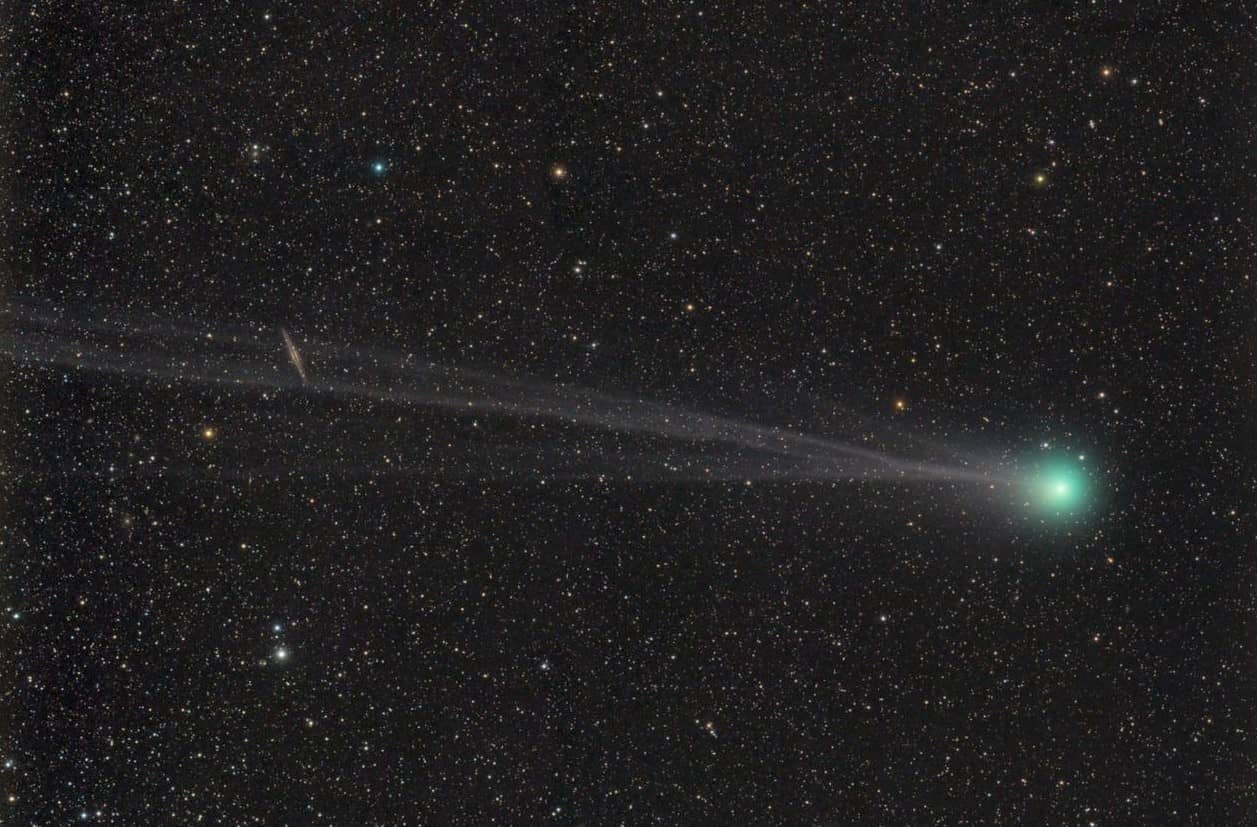According to a recent study, researchers aim to investigate the possibility of the existence of a “fifth force” beyond the current model of the universe by analyzing the tiny movements of asteroids in our solar system.
By this innovative technique, scientists could potentially uncover elusive ultralight particles that may provide insight into some of the universe’s most significant enigmas, such as the properties of dark matter and energy.
There exist four fundamental forces that rule over our reality, and they are gravity, electromagnetism, and the strong and weak nuclear forces. Nonetheless, researchers have been entertaining the notion that additional forces may exist outside the standard model of particle physics, which is a comprehensive theory explaining the elementary particles and forces in the cosmos.
A team of researchers, headed by physicist Yu-Dai Tsai from the University of California, Irvine, has proposed an innovative approach to detecting a “long-range” fifth force that can impact objects across vast distances. In a paper published in the Journal of Cosmology and Astroparticle Physics, Tsai and his co-authors describe a proof-of-concept strategy that employs asteroid astrometric data, which refers to observations of asteroid motion, to investigate the potential of exploring long-range fifth forces.
Yu-Dai Tsai, a physicist at the University of California, Irvine, is leading a group of scientists who have introduced a fresh technique for detecting a “long-range” fifth force that can impact objects over significant distances. The team’s proof-of-concept approach involves examining asteroid astrometric data, which refers to observations of asteroid movements, to explore the potential of investigating long-range fifth forces. Their research findings were published in the Journal of Cosmology and Astroparticle Physics.
“These long-range forces are so interesting because they can be related to many different types of fundamental physics,” Tsai said in a call with Motherboard. “There are several different motivations to search for a fifth force.”
The existence of unexplained phenomena in the universe has contributed to the exploration of undiscovered forces, partly due to the limitations of the standard model in providing explanations. One such phenomenon is the apparent dominance of dark matter, an unidentified substance that outweighs the ordinary matter we encounter in our daily lives and constitutes a major portion of the universe’s mass. Additionally, the universe is expanding at an accelerated pace, driven by an elusive force known as dark energy, which scientists have yet to identify. These puzzling observations have spurred scientists to consider the existence of new forces beyond our current understanding.
If long-range fifth forces can be detected, they have the potential to provide explanations for both dark energy and dark matter. It is conceivable that the accelerated expansion of the universe could involve a yet-to-be-discovered force, while dark matter could consist of ultralight particles that facilitate these concealed interactions. In fact, in a previous study, Yu-Dai Tsai proposed an ambitious space mission aimed at detecting ultralight dark matter particles that may be gravitationally bound to the Sun. This suggests that exploring these hidden interactions and particles could significantly contribute to unraveling the mysteries of dark energy and dark matter.
If long-range forces beyond the standard model exist, their influence on objects within our solar system would likely be subtle. Earlier investigations have focused on studying the perturbations in the motions of planets and moons caused by these forces. However, Yu-Dai Tsai and his team have taken a pioneering step by considering the potential of utilizing asteroids as a means to detect these effects. This novel approach is motivated in part by the extensive collection of high-precision data on asteroids, which has primarily been gathered to safeguard Earth from potential catastrophic impacts. The wealth of information on asteroids opens up new possibilities for investigating and identifying the existence of long-range forces.
“We all know very well that these asteroids can be dangerous to us,” Tsai explained. “Some of these are what we call Near-Earth asteroids, and they have the potential of hitting the Earth, so they are tracked extremely well.”
Through optical and radar observations, scientists have achieved remarkable precision in tracking the movements of numerous asteroids. This level of accuracy enables them to make long-term predictions of asteroid trajectories spanning a century or even more. Furthermore, recent space missions, like NASA’s ongoing Lucy mission, have been specifically designed to explore and closely observe asteroids, providing valuable data and insights into their characteristics. The combination of advanced observation techniques and dedicated space missions has enhanced our understanding of asteroids and their behavior.
NASA’s OSIRIS-REx mission recently collected samples from an asteroid’s surface, which will be brought back to Earth later this year. In another endeavor, NASA’s DART spacecraft intentionally crashed into an asteroid, causing a change in its orbit. These missions demonstrate NASA’s dedication to studying asteroids and developing strategies for planetary defense.
These efforts have revolutionized our knowledge of asteroid properties and movements, allowing for precise tracking of even the smallest changes caused by various influences such as solar radiation and gravitational forces. By analyzing this high-quality data, scientists may be able to detect and isolate unexplained pressures on asteroids, including potential long-range fifth forces.
“This is important for our human survival so amazing efforts have been made into understanding all of this uncertainty,” Tsai said. “Even though it’s difficult, we do have the ability to control most of this uncertainty to the level that we can start to have meaningful tests of the fifth force.”
Tsai and his team propose that long-term observations of asteroids could potentially reveal indications of a fifth force. They focus on a phenomenon called “perihelion precession,” which refers to the subtle change in an asteroid’s orbit as it approaches its closest point to the Sun. The researchers examine the orbits of nine Near-Earth objects as initial examples for investigating the presence of a fifth force, but they emphasize that this approach can be expanded in future studies to encompass a much larger number of asteroids, possibly exceeding one million.
Although the concept of employing asteroid motions to search for concealed forces is still in its early stages, Tsai and his team aspire to inspire other researchers to expand and advance this line of investigation. Their proof-of-principle study serves as a starting point, and they anticipate that it will motivate further development and exploration in this field by the scientific community.
Tsai emphasized, “There is actually already an existing huge amount of millions of asteroidal data sitting there without being analyzed, so this is to motivate everybody to analyze these millions of asteroids to study the fifth force and other fundamental physics.”





